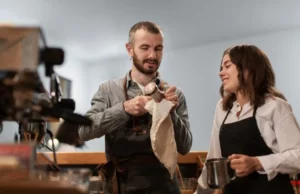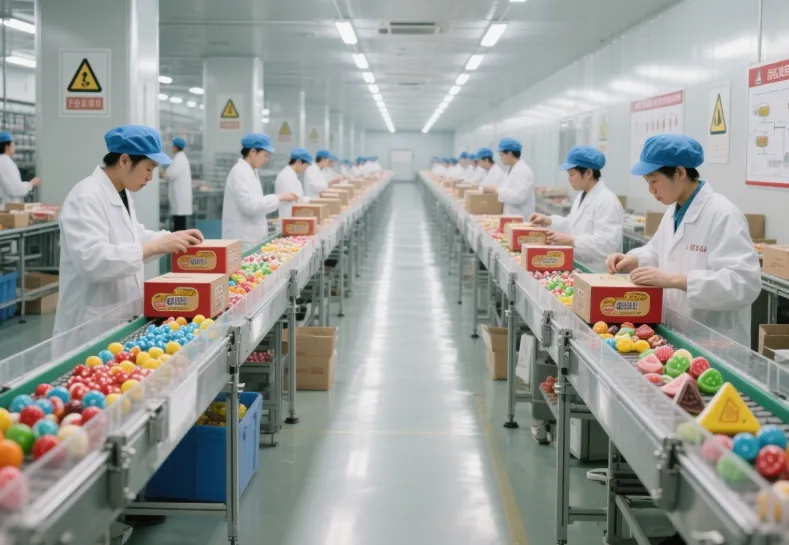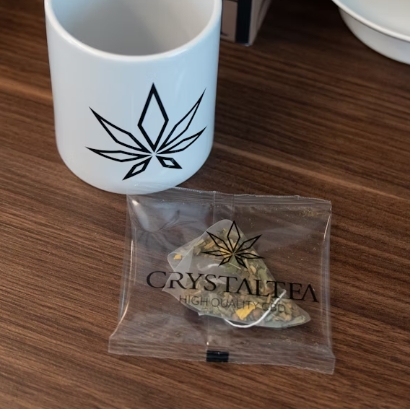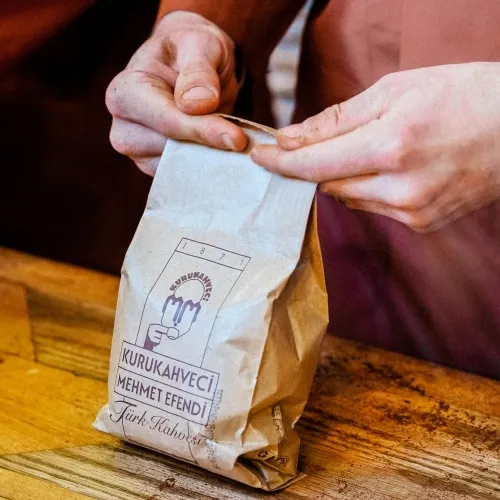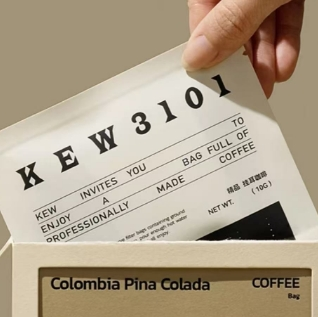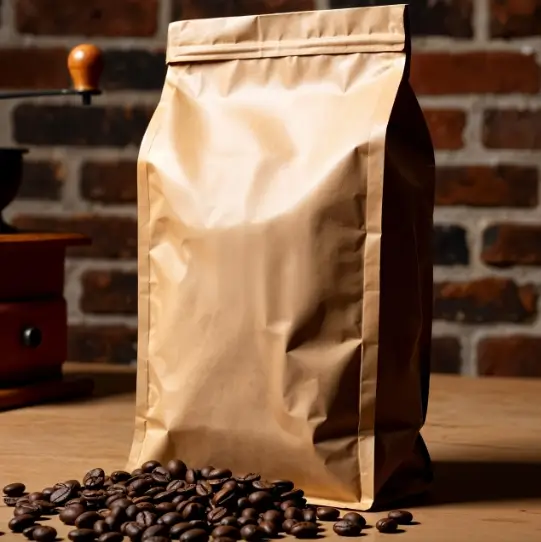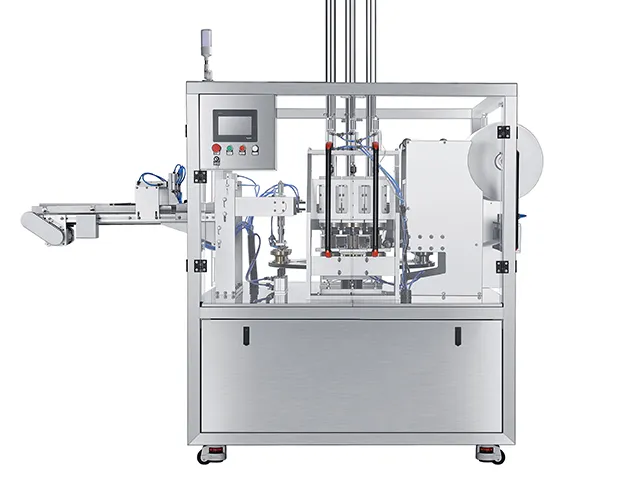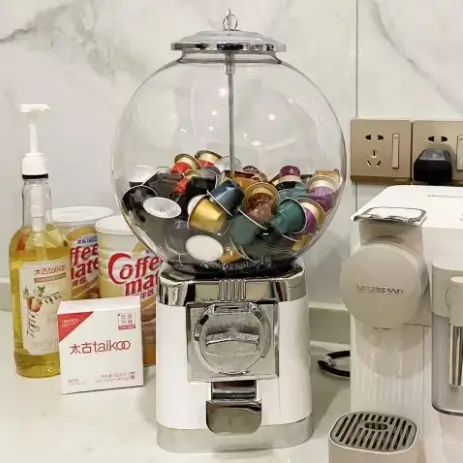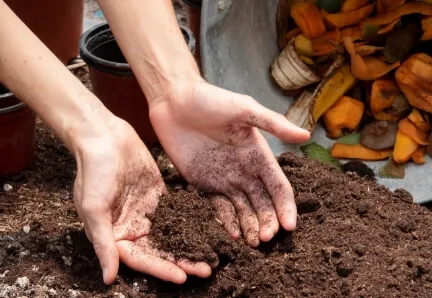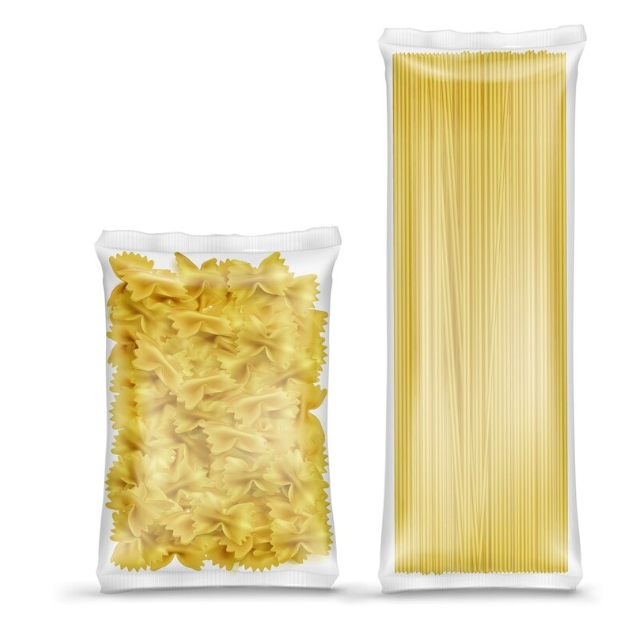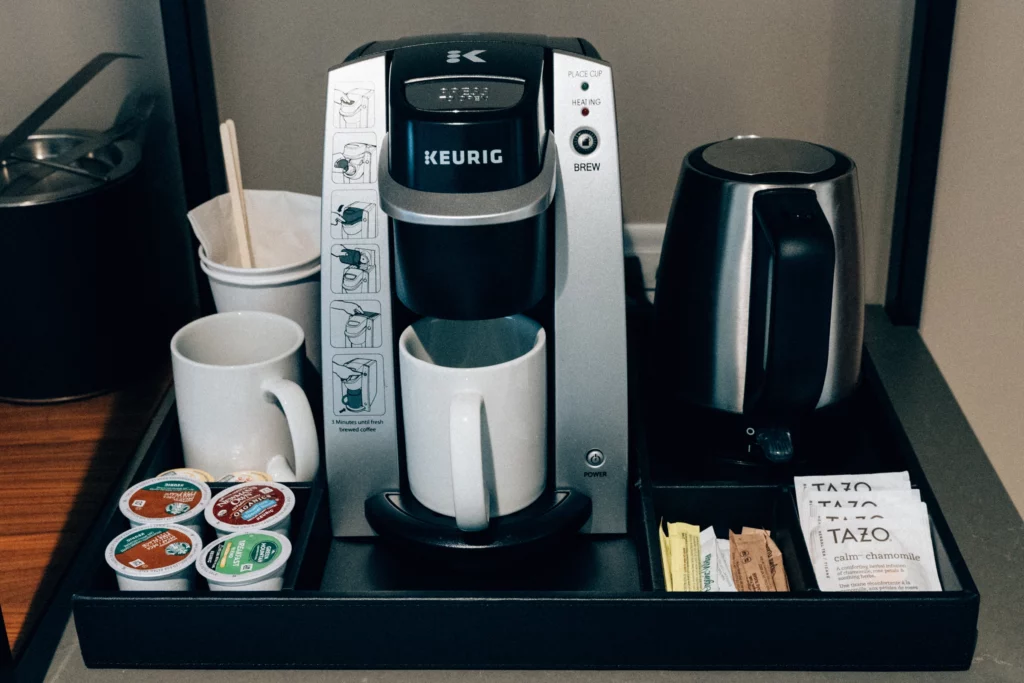Blog
- Home
- Blog
In the fiercely competitive coffee market, behind every aromatic cup[...]
The journey of a delicious confection to a consumer’s delight[...]
Sachets are small, flexible, usually flat pouches(bags) used to package[...]
How to Package Coffee For E-commerce E-commerce has become the[...]
Choosing the right grind coffee pouch packaging machine is a[...]
Many small-batch specialty coffee roasters are skilled and knowledgeable in[...]
Are you a Small specialty coffee roaster? Have you ever[...]
Coffee pods have become an indispensable part of daily brew,[...]
Did you leave your used coffee grounds in the garbage[...]
As consumer demands shift toward increased convenience, extended freshness, and[...]
Keurig’s invention has changed the way we view coffee brewing.[...]
Recently, we learned that Canadian customers are having a hard[...]

